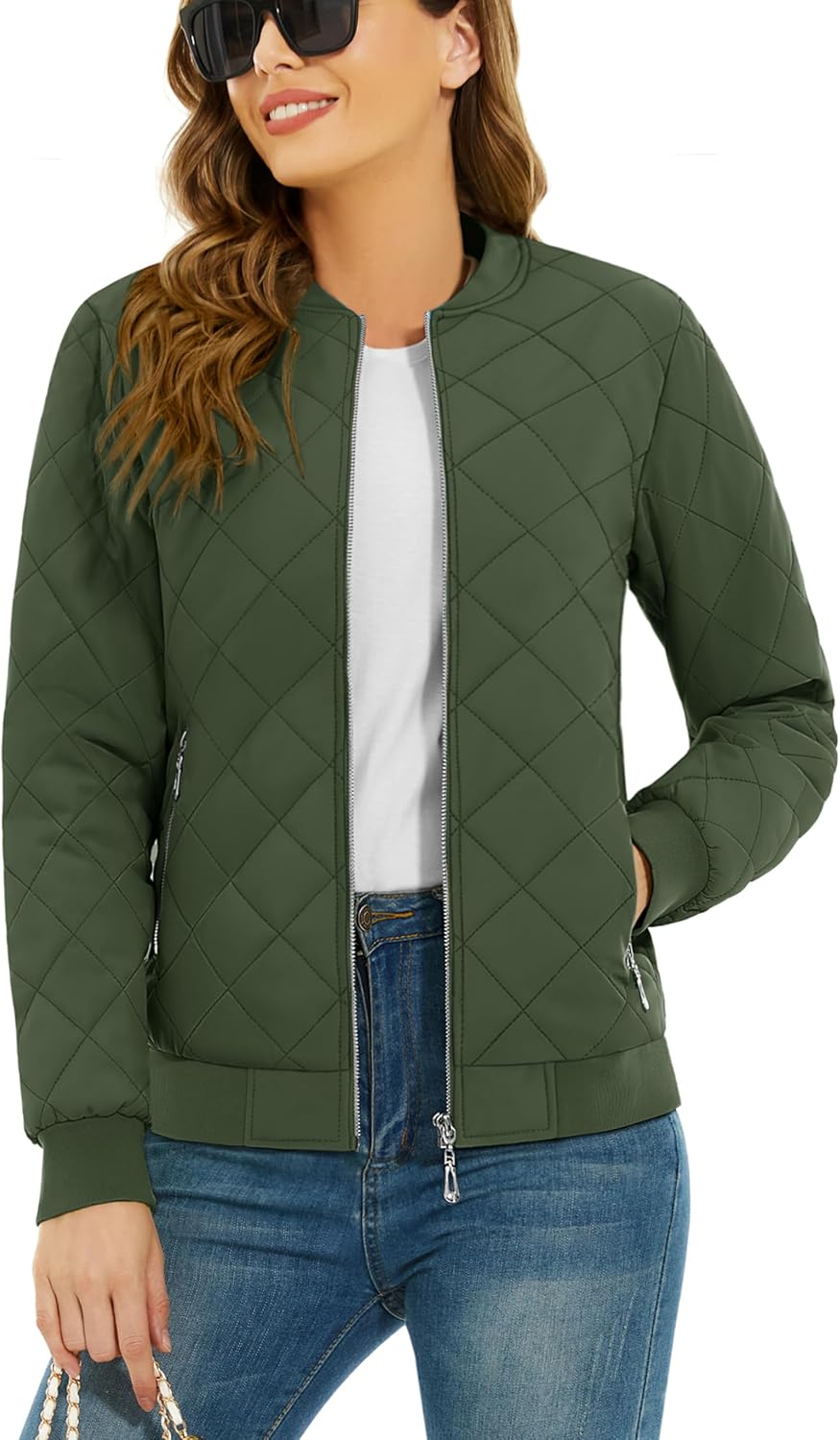





The Ultimate Guide to Women’s Outdoor Clothing: Style Meets Functionality
Women’s outdoor clothing has evolved significantly in recent years, blending style with performance. Whether you are a hiker, traveler, or simply enjoy outdoor activities, having the right apparel is essential. This comprehensive guide explores various types of women’s outdoor clothing, their features, styling tips, and how to choose the right gear for your next adventure.
Why Invest in Quality Outdoor Clothing?
Outdoor activities expose you to different weather conditions, environments, and physical demands. Investing in quality outdoor clothing is crucial for several reasons:
- Comfort: Materials designed for outdoor activities tend to wick moisture away, keeping you dry.
- Durability: Quality gear stands up to wear and tear, making it more cost-effective in the long run.
- Functionality: Many garments come with features like pockets, ventilation, and stretchable fabrics that enhance ease of movement.
- Protection: Proper clothing offers protection from the sun, wind, and water.
Choosing the right outdoor attire allows you to enjoy nature without the distractions of inappropriate clothing.
Exploring Women’s Jackets
When it comes to outdoor adventures, a reliable jacket is often the first line of defense against weather conditions. Here’s what to consider:
Types of Women’s Jackets
- Rain Jackets: Waterproof and breathable options keep you dry during unexpected showers.
- Insulated Jackets: These provide warmth and are perfect for chilly hikes.
- Softshell Jackets: Ideal for mild weather, offering flexibility and wind resistance.
- Hiking Jackets: Specialized pockets and features enhance practicality.
How to Choose a Jacket
When selecting a women’s jacket, consider the following:
- Weather Conditions: Assess the climate you’ll be in.
- Layering Needs: Think about how it fits with other layers.
- Size and Fit: Ensure mobility and comfort during activities.
Stylish Women’s Sun Protection Tops
Sun protection tops combine functionality with fashion. They are designed to shield your skin from harmful UV rays, making them essential for outdoor activities.
Advantages of Sun Protection Tops
- UPF Rating: Look for materials with a high Ultraviolet Protection Factor.
- Breathability: Fabrics should allow airflow to keep you cool.
- Style Versatility: Choose tops that transition well from outdoor activities to casual outings.
Why Choose Women’s Polo Shirts for Outdoor Activities?
Polo shirts are typically associated with leisure, but they are becoming popular in outdoor wardrobes for several reasons:
Benefits of Polo Shirts
- Moisture-Wicking: Many polos are crafted from technical fabrics that offer moisture management.
- Polished Look: They present a dressier option for outdoor dining or presentations.
- Variety of Styles: Available in many colors and designs.
Essential Women’s Pants for Outdoor Comfort
When it comes to women’s pants, comfort and versatility are key.Styles range from hiking pants to active leggings, catering to various activities.
Best Types of Outdoor Pants
- Hiking Pants: Often made with quick-dry fabrics and reinforced knees.
- Leggings: Ideal for mobility and comfort during physical activities.
- Convertible Pants: These can be transformed into shorts, providing flexibility.
What Makes Outdoor Clothing Ideal for Different Activities?
Diverse outdoor activities require specialized clothing, from hiking to climbing. Here’s a breakdown of attire suited for various pursuits.
Hiking Attire
Focus on layered clothing for hikes. Start with moisture-wicking bases, followed by insulating mid-layers and windproof outer layers.
Cycling Gear
Cycling often requires padded shorts and breathable tops, enhancing comfort during longer rides.
Climbing Clothing
Climbing attire must prioritize flexibility and durability. Look for reinforced seams and materials that stretch.
Pros and Cons of Women’s Outdoor Clothing
Pros
- Designed for Performance: Enhanced functionality tailored to outdoor activities.
- Variety of Styles: Options are available for every taste and purpose.
- Long-lasting Materials: Quality garments resist damage and wear.
Cons
- Higher Cost: Quality outdoor clothing can be pricey.
- Maintenance: Specialized fabrics require specific care instructions.
- Weight: Some performance clothing can be heavier than standard apparel.
How to Care for Your Outdoor Clothing?
Taking care of outdoor garments prolongs their life and performance.
Washing Tips
- Follow Care Labels: Always adhere to specific washing instructions.
- Avoid Fabric Softeners: They can impair moisture-wicking properties.
- Air Dry When Possible: This preserves the integrity of the materials.
Storage Recommendations
Store garments in a cool, dry place and avoid direct sunlight to prevent fading and deterioration.
Conclusion
Choosing the right outdoor clothing is vital for an enjoyable experience in nature. By understanding the various types of women’s outdoor gear—such as jackets, sun protection tops, polo shirts, and pants—you can effectively layer and protect yourself from the elements. It’s a balancing act between functionality, comfort, and style, and when done right, you will be ready for your next adventure, no matter where it leads.
FAQs
1. What materials are best for women’s outdoor clothing?
Synthetic fabrics like polyester and nylon are lightweight, moisture-wicking, and quick-drying, making them excellent choices for outdoor wear.
2. How do I find the right size for outdoor clothing?
Refer to the manufacturer’s sizing charts, and consider trying on several pieces to find the optimal fit for layering.
3. Are there sustainable options for women’s outdoor apparel?
Yes! Many brands offer eco-friendly lines made from recycled materials, emphasizing sustainability without sacrificing performance.
4. Can I wear outdoor clothing for casual outings?
Absolutely! Many outdoor garments are designed with both technical features and modern styles, making them suitable for casual wear.
5. How do I ensure my outdoor clothing lasts?
Follow proper care instructions, avoid harsh detergents, and store your clothing in a way that prevents damage.








